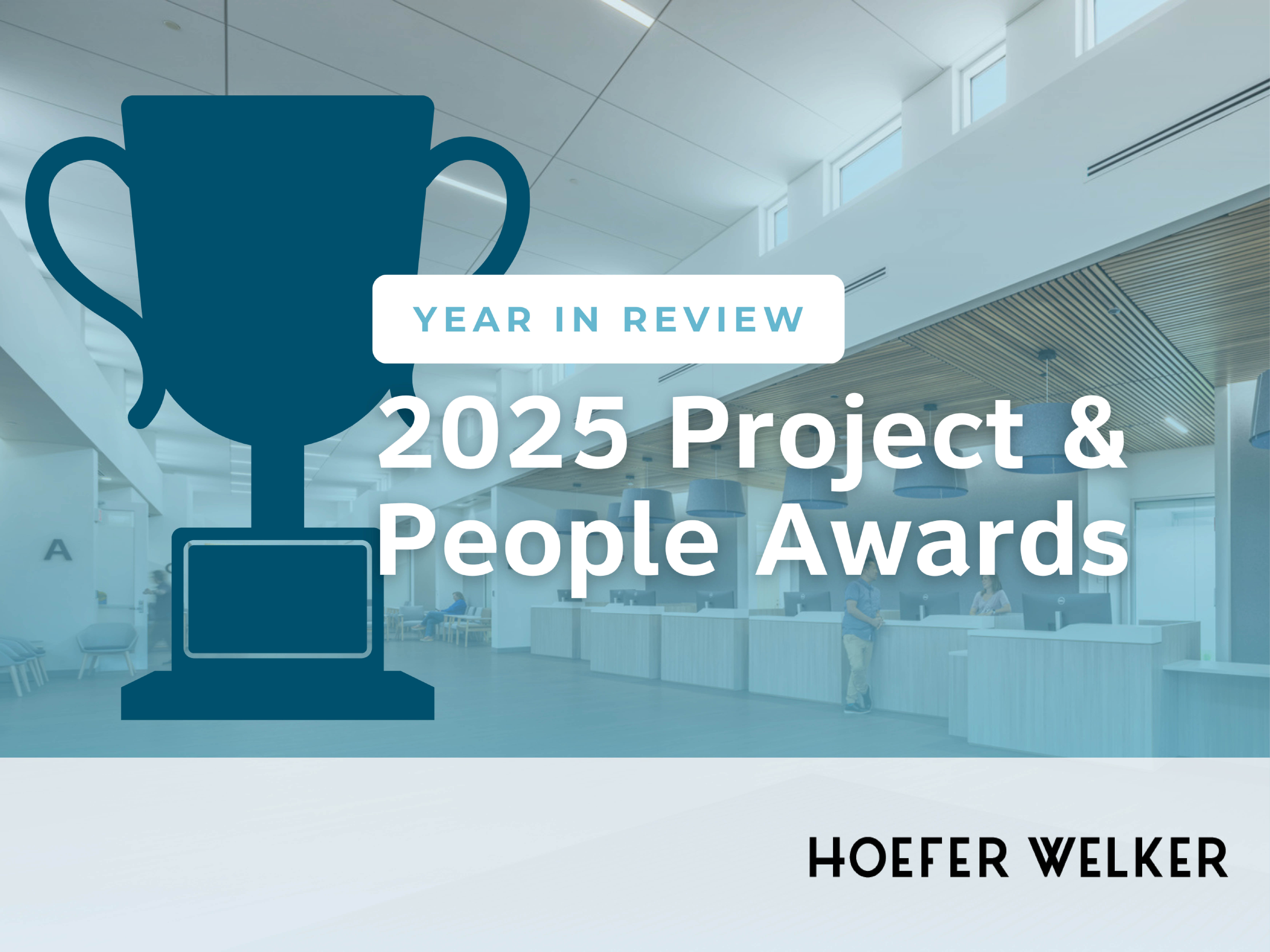The 2016 Sustainability Benchmark Report released by GreenHealth showed that sustainability is rapidly becoming a design requirement of most health care organizations. Given health care’s escalating costs, it may appear surprising that the industry was interested in making what others claim is an expensive investment. Despite government policy changes and funding challenges, sustainability continues to gain traction in health care because of its congruence with the mission.
As a champion of health and wellness, it would be hypocritical to exclude from consideration the health of the physical space in which health care services are provided. Why wouldn’t health care providers invest in architectural features that enhance healing? Although there are many avenues where the sustainable design strategies align with the needs of health care, three key considerations include climate change mitigation, super chemicals, and green purchasing.
Climate Change & Ethical Resource Management
A surprising fact: one of the largest consumers of renewable energy in the U.S. is California-based Kaiser Permanente, which is currently using 1 terawatt per hour annually. Kaiser Permanente has formalized its goal to be carbon neutral by 2020, causing other providers to take note. Others are turning to co-generation or combined heat and power (CHP) to more efficiently heat water and air — two resources health care facilities consume more than many other industries.
The health care industry has recognized climate change as a major opponent to human health. Pollutants from energy generation are pumped into the atmosphere, adversely affecting asthmatics — those with compromised respiratory systems, children, and the elderly. Erratic weather patterns, often attributed to climate change, injure homeowners and cause mental and emotional trauma or anxiety. Sustainable design offers considerable health and wellness benefits to occupants and improved bottom lines in terms of operations — effective resource management almost always reduces life-cycle costs. Since medical facilities use so much power and water, any reduction to either resource often nets substantial dividends over time. The case for renewable energy and potable water use reduction is both ethical and practical.
Learn more >>



